Pikes Peak International Hill Climb
“The Race to the Clouds”
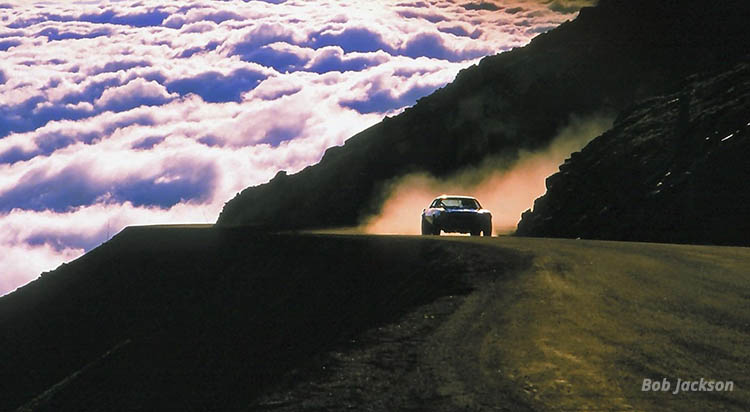
The Pikes Peak International Hill Climb is an annual vehicle race to the summit of Pikes Peak in Colorado. It is the second oldest auto race in the United States, beginning in 1916. (Only the Indy 500 race is older, having been established in 1911.)
The track measures 12.42 miles with over 156 turns. It begins at an elevation of 9,390 ft. where the starting line is located at the 7 Mile marker on the Pikes Peak Highway. It climbs 4,720 vertical feet to the finish line at an elevation of 14,115 feet, and grades on the course average 7%.
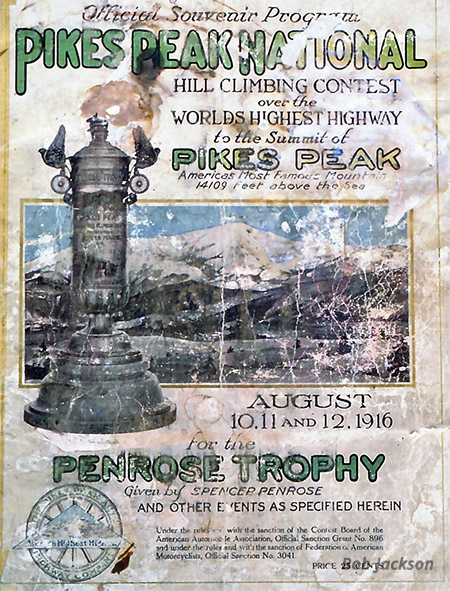
The first Hill Climb was held on August 10-12, 1916 to publicize the Pikes Peak Auto Highway, which was built by Spencer Penrose’s Pikes Peak Automobile Company. The new highway was a vast improvement over the original, narrow carriage road to the summit. The 1916 winner of the Penrose Trophy was Rea Lentz driving a Romano Demon Special. Lentz was the youngest driver at the age of 22 and drove the smallest car entered in the race. He posted a time of 20:55.6 in the Open Class Division. The motorcycle division was popular in that first race, with 19 out of 29 entrants riding an Excelsior built by Ignaz Schwinn (of the iconic bicycle brand).
The Hill Climb was interrupted from 1917-1919 due to World War I and the second running was not held until 1920. The 1920 winner was Otto Loesche driving a Lexington Special. He posted a winning time of 22:25.40. Over the next three decades, rivals Louis Unser, Jr., known as “Uncle Louie”, and Glen Shultz dominated the winner’s circle 16 times during a time when the race took another hiatus from 1942-1945 due to World War II. Schultz had won the race seven times from 1923 to 1933 while Louis Unser, Jr. had won nine times from 1934 to 1953.
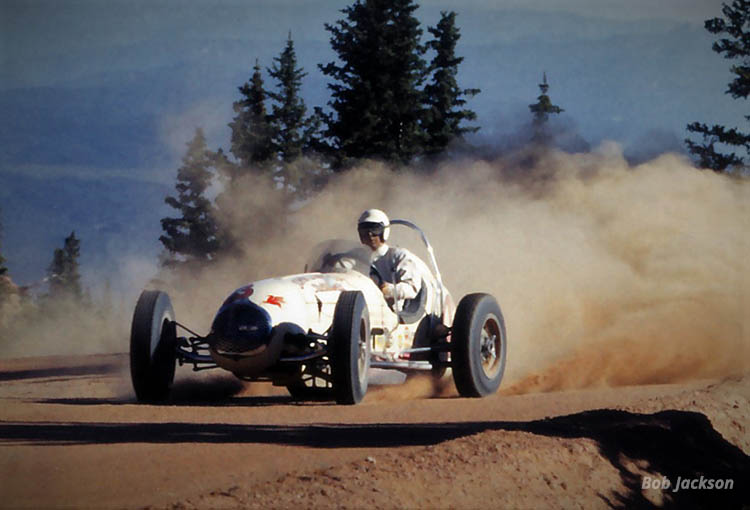
In 1946, Louis Unser, Jr., driving a Maserati, posted his eighth Hill Climb victory with a winning time and course record of 15:28.70. His ninth and final win on America’s Mountain was in 1953, but his last win represented the start of an Unser dynasty on the mountain. From 1953 to 1962 the course record was broken each year—making this period the largest string of record-breaking runs in the event’s history. Most of these records were set by Bobby Unser, who was a nephew of “Uncle Louie” and the son of Jerry Unser, Sr.
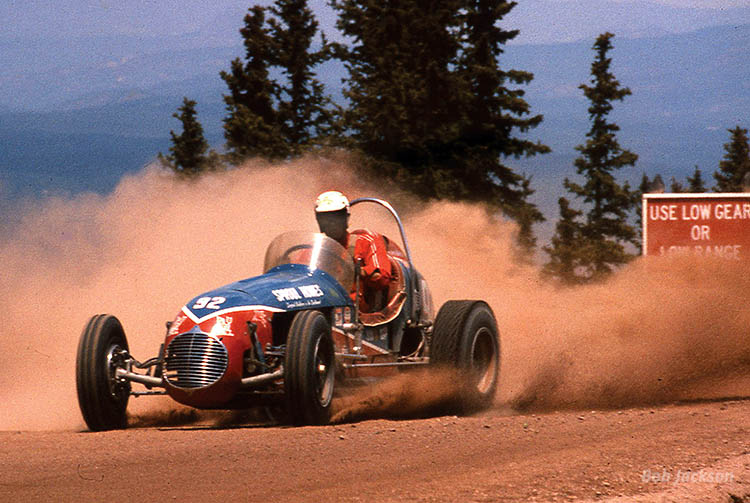
The early racers all drove Open Wheel cars. The Stock Car Division was added in 1929, but was dropped in 1935, only to be added again in 1956. The Rally Division was added in 1981. After the first race in 1916, motorcycles were not part of the race until they returned in 1954 when the Motorcycle Division was won that year by Bill Meier on a Harley-Davidson. Today’s race classes include: Electric Cars, Exhibition Cars/Trucks, Mini Sprint, Motorcycles, Pro Trucks, and Exhibition, which includes vintage vehicles.
The course originally was all gravel, then for many years consisted of both gravel and paved sections. Japanese driver Nobuhiro Tajima driving a Suzuki was the first to break the 10 minute barrier in the 2011 race, which was the last year with areas of gravel surface.
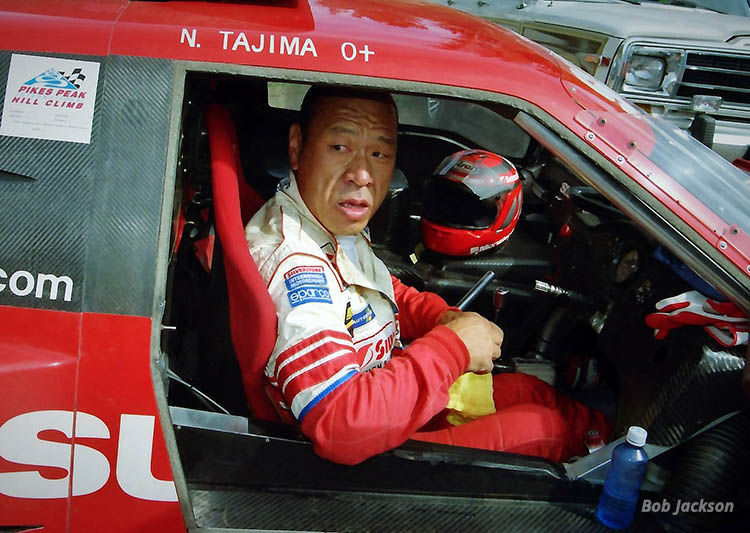
As of August 2012, the highway was fully paved, with some fearing an asphalt surface would spell the end of the race. However, the 2012 race saw more entries than ever before, and several records broken by faster and faster runs. The current record stands at 7:57.148 set by Romain Dumas in 2018—beating the 1916 winner’s time by more than 12 minutes! The increased speeds in combination with the popularity of the event prompted organizers in 2014 to limit the number of tickets sold and make changes promoting the safety of spectators.
While many think the Pikes Peak Hill Climb is dominated by male drivers, women have not only competed in the Hill Climb but conquered Pikes Peak. The first female Hill Climb driver, Terry Ives, raced a Porsche in the Sports Car Division in 1952. Joyce Thompson entered in 1960; Bonnie McPherson and Marge Stork both drove in 1975. In 1977, Nancy Reeder piloted a purple and pink racer and Marie-Alaina Schneider raced in 1984. Of course, who could forget the first female Division champion Michele Mouton? The “Flying Frenchwoman” drove her Audi Sport Quattro to victory in 1985, breaking records in her wake. Brianne Corn of Amarillo, Texas, became the first woman to triumph on Pikes Peak since Mouton when she won the Time Attack 4WD title in 2013.
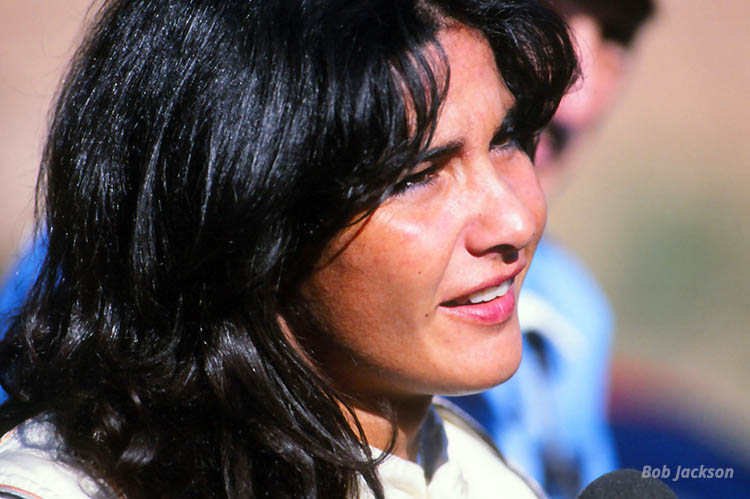
The international popularity of the race has been underscored over the years by the presence of competitors from Japan, Hungary, New Zealand, Great Britain, France, Italy, Luxembourg, Australia, Mexico, Germany, the Czech Republic, Russia and Canada.
The Unser Family—Kings of the Hill
Five generations of the Unser family have raced in the Pikes Peak Hill Climb and have virtually dominated the winner’s circle at Pikes Peak. In fact, no other family has been so influential in any sport.
Louis Unser
The Unser family, including brothers Louis, Jr. (Louie), Joe and Jerry, Sr. came to Colorado Springs in 1909. Louis Unser, Jr. was born in Alton, Illinois in 1896 and became a legend in his own time. Over a period of three decades, Louis Unser, Jr., known as “Uncle Louie,” won the Pikes Peak Hill Climb nine times from 1934 to 1953. In 1946, Louis while driving a Maserati posted his eighth Hill Climb victory with a winning time and course record of 15:28.70. His ninth and final win on America’s Mountain was in 1953, but his last win represented the start of the Unser dynasty on the mountain.
He continued to race at Pikes Peak until 1967 when, after 36 starts he retired at the age of 71. His nephews, Jerry Unser, Jr., Bobby Unser and Al Unser, Sr. all became famed race car drivers who perpetuated a racing dynasty unparalleled in the history of the sport. Uncle Louie, who was also known as the “Old Man of the Mountain”, died on October 18, 1979 and is buried at the Fairview Cemetery in Colorado Springs. Louis “Uncle Louie” Unser, Jr. was inducted into the PPIHC Hall of Fame in 1997.
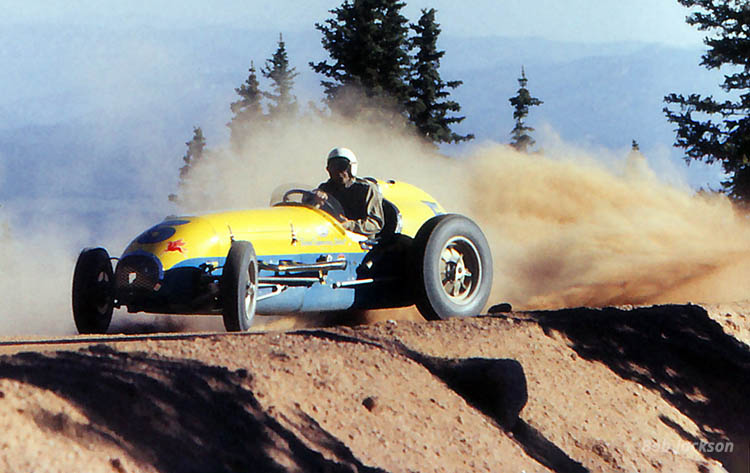
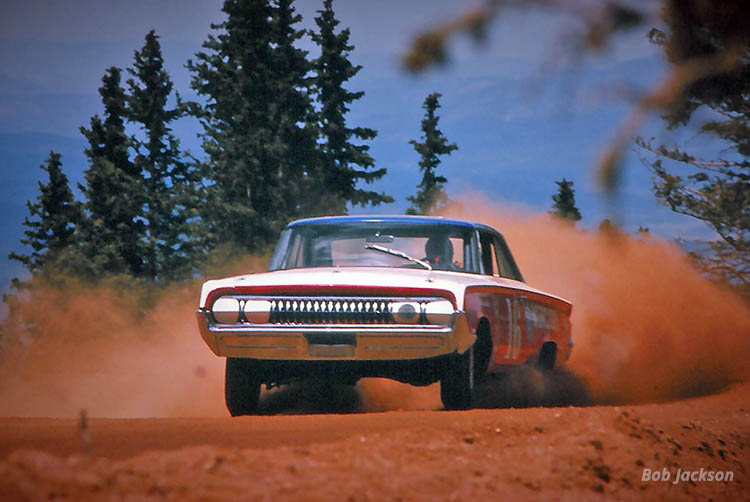
Bobby Unser
From 1953 to 1962, the course record was broken each year—making this period the largest string of record-breaking runs in the event’s history. The majority of these records were set by Bobby Unser, a nephew of “Uncle Louie.” Bobby (Robert William) was the third son born to Jerry Unser, Sr. and his wife Mary in 1934 in Colorado Springs. His brothers were Jerry, Jr., Louie Unser and Al Unser, Sr. His goal in his early days of racing was to win at Pikes Peak. He accomplished this feat at the young age of 22 in 1956.
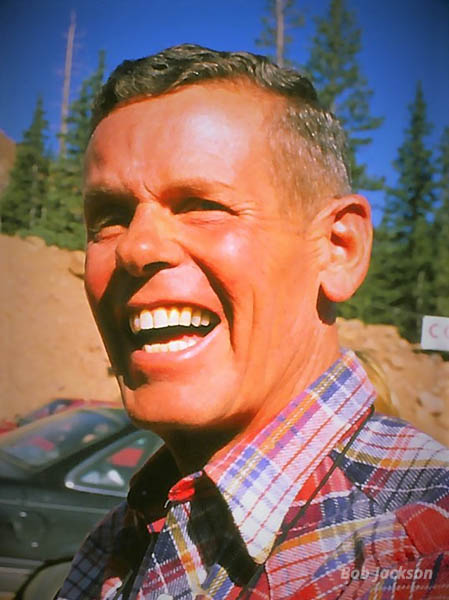
In 1986, after a 12-year absence from the Pikes Peak race, he won the event for the tenth time driving an Audi Quattro, breaking the tie he had with Uncle Louie for nine overall victories apiece. The 1986 win brought Bobby’s total number of Pikes Peak victories to 13, including two stock car class victories in 1969 and 1974 and a single sports car class win in 1963. Robert W. “Bobby” Unser was inducted into the PPIHC Hall of Fame in 1997.
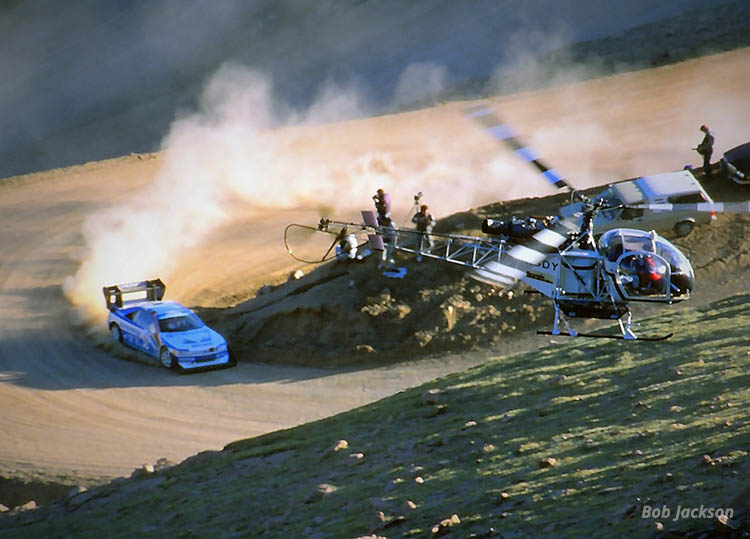
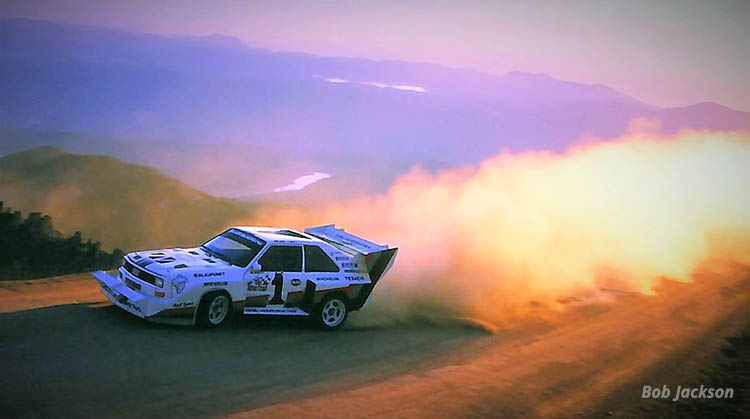
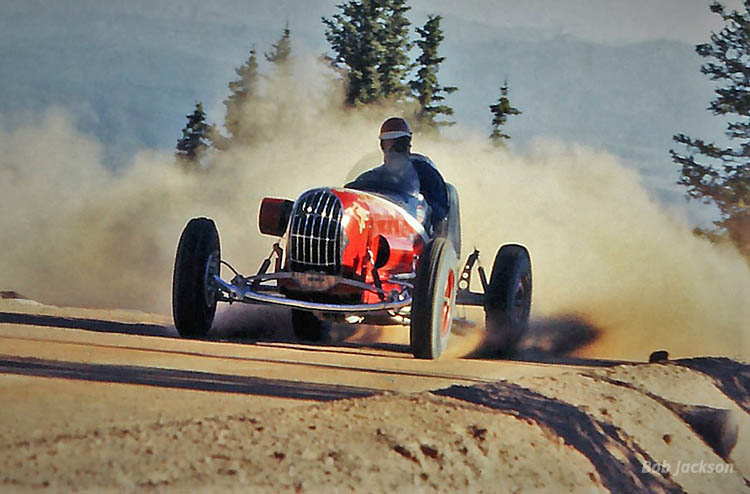
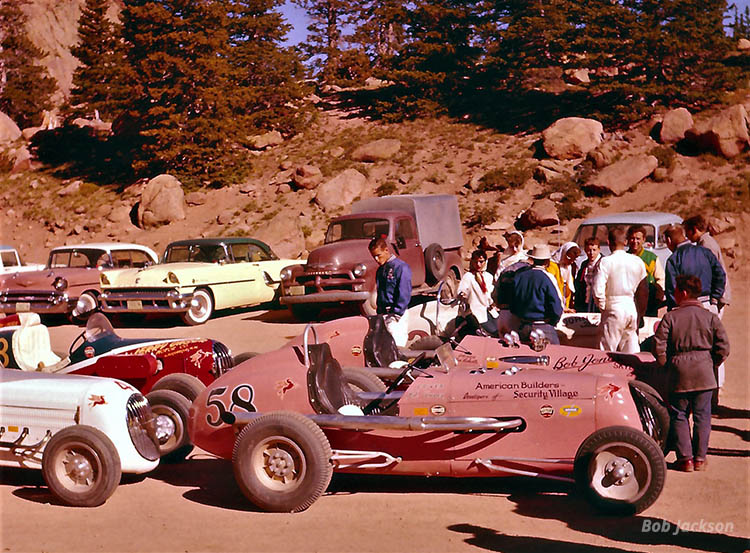
Al Unser, Sr.
Al (Alfred) Unser, Sr. was born in 1939 in Albuquerque, New Mexico, the youngest son of Jerry Sr. and Mary Unser. As a teen, Al played football, but racing quickly became his first love. In 1957 he won his first race in a modified stock car built by his father and brother Bobby. This was just the beginning of an amazing career.
His first big wins were at Pikes Peak in 1964 and 1965. Al was only the fourth driver ever to achieve back-to-back wins of the Indy “500”—in 1970 and ’71.
Indianapolis “500” race day in 1987 was a surprise to everyone, including Al himself. Five days before his 48th birthday Al won his fourth Indy “500” driving a backup car owned by Roger Penske, who had asked Al to step in for the injured Danny Ongais in early May. Al had traveled to Indianapolis that year not sure if he would even drive in the race.
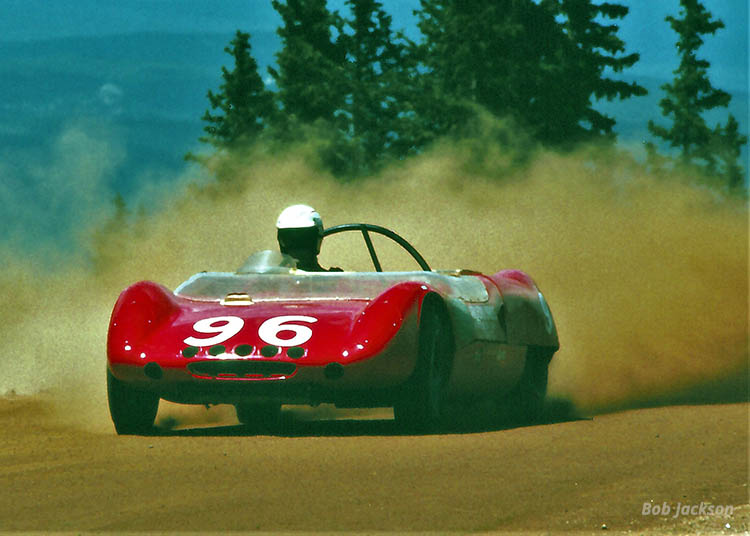
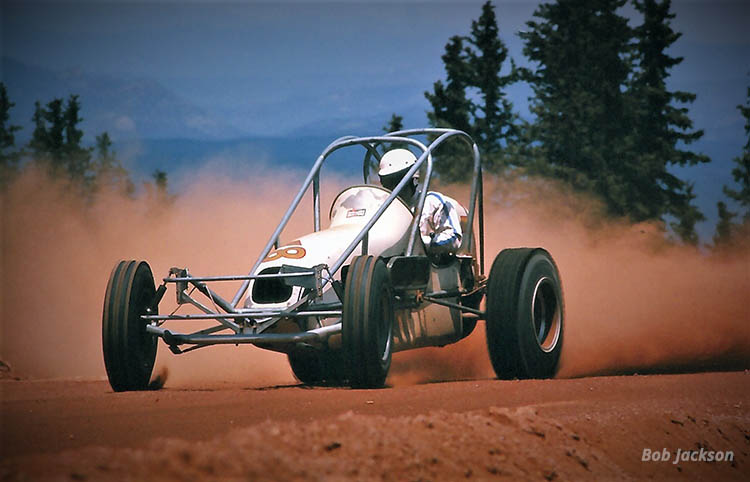
Jerry Unser, Jr.
Jerry Unser, Jr. was born in 1932, the firstborn twin son of Jerry Sr. and Mary Unser. Jerry, an aggressive child and a star wrestler in high school, displayed the traits needed to be a good racer early on. After learning to drive the Model A Ford his father bought for the boys, Jerry quickly progressed to racing in his early teens. He and his brothers became known throughout the Southwest as being formidable short track competitors.
At the Pikes Peak Hill Climb he finished fourth in his first try in 1955. In 1956 and ’57 Jerry returned to Pikes Peak to win the stock car class both years.
After a suffering an injury at the Indy 500, a few weeks later he raced at Pikes Peak. After shifting and turning with one hand due to the dislocated shoulder he had sustained in the Indy wreck, this race did not end well for Jerry, who rolled his car into a ditch and broke his nose. Early May of 1959 found Jerry Jr. at Indianapolis again, practicing for his second try at the “500.” He hit a wall during a practice lap and was severely burned. He died of his injuries 17 days later.
Louie Unser
Louis (Louie) Unser, the younger of the twins born to Jerry Sr. and Mary Unser, was born in 1932. At his first try at Pikes Peak in 1955 Louie finished third driving Bobby’s car.
From 1961 to 1964 Louie worked for various car manufacturers, building motors in the shop and tending to cars during races. He was diagnosed with Multiple Sclerosis in 1964. He continued to serve as a race team crew chief, including pushing little brother Al at the ’65 Indy “500.” The M.S. forced him to retire from racing and concentrate on building up his engine business. Louie continued to work long hours in his shop, and volunteered time for fundraising on behalf of the M.S. Society—in 1982 he was named the MS “Father of the Year.” Louie retired in 1990 and passed away in 2004 at the age of 71.
Bobby Unser, Jr.
Bobby Unser, Jr., son of Bobby Unser and first wife Barbara, was born in 1955. As a youngster, Bobby Jr. raced go-Karts and then Sprint cars, often racing with his cousin, Al Unser, Jr. By the early 1980s, Bobby Jr. was competing in Super Vee races. In 1981 he set a qualifying record at the Pikes Peak Hill Climb, going on to duel with Al Jr. at the Peak in 1983.
Bobby Jr. went on to pursue other interests. He has been a stunt driver in various commercials, movies, and television shows, including the popular “Walker, Texas Ranger” series in the early 1990s. About Bobby’s stunt driving career, Cousin Johnny says: “He’s the one that really got that going for the Unser family…he’s one of the guys in the industry that works more than anybody else, and he has all the connections.” In recent years Bobby Jr. has worked as a stunt driver with other world class race car drivers as part of the “Performance Two, Inc.” high performance driving team.
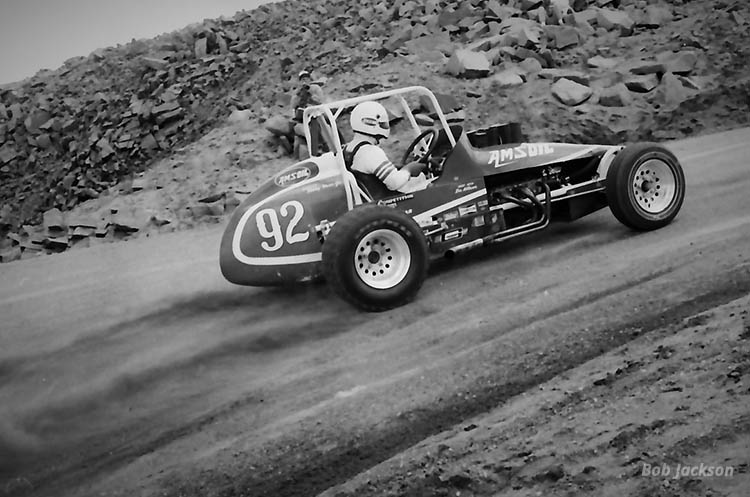
Al Unser, Jr.
Al Unser, Jr., nicknamed “Little Al,” son of Al Unser, Sr. and first wife Wanda, was born in Albuquerque in 1962. His father and uncle having already earned fame behind the wheel before he was even born, it was no surprise that “Little Al” would follow in their footsteps. Al Jr. also credits his cousin, Bobby Jr., with inspiring him.
In 1982 he drove his uncle’s dirt car for his first race up Pikes Peak, finishing fourth. He returned to the Pikes Peak International Hill Climb in 1983 to win. In 1984, Al Jr. won his first PPG Cup event and in 1985 he lost the closest point battle in IndyCar history (151-150) to his father, Al Jr. He continued to regularly win races, including two wins at the 24 Hours of Daytona and his first Indy “500” win in 1992. This was the closest win ever in Indy history, .043 seconds over Scott Goodyear. In 1994, Al Jr. collected eight wins, his second Indy “500” win and a second PPG Cup. That year he was named ABC Wide World of Sports “Athlete of the Year.”
Robby Unser
Robby Unser was born on January 12, 1968 and is the great grandson of Bobby Unser. Robby is a four-time winner of the Pikes Peak International Hill Climb and an Indy Racing League driver. He was the Indy Racing League (IRL) Rookie of the Year in 1998. Robby made two starts in the Indianapolis 500 with a best finish of 5th in 1998. He also finished second twice in the 1998 season, his best IRL finish.

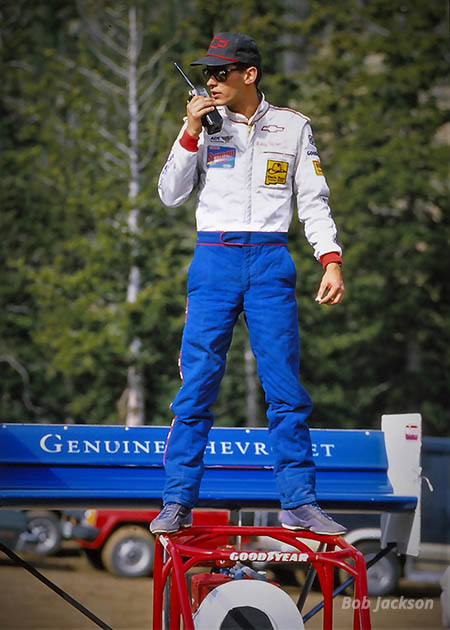
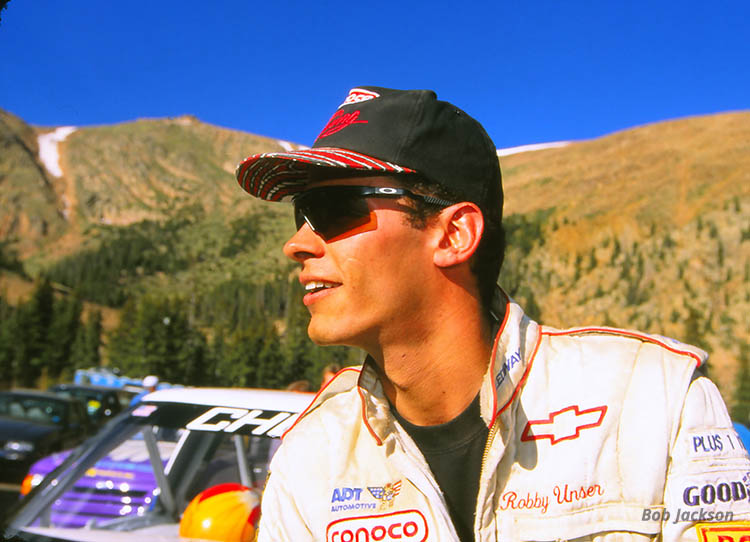
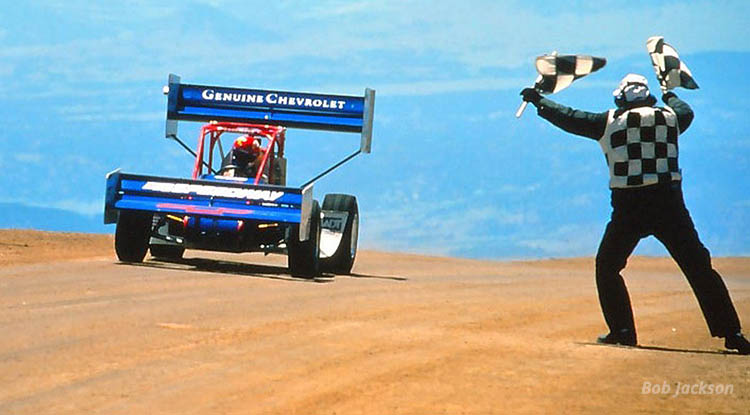
About the Photographer: Bob Jackson—Through His Lens
Bob Jackson lives in Manitou Springs, Colorado. He grew up in Dallas, Texas, and 0ther than one year in Denver working for The Denver Post, he lived there until moving to Colorado in 1980. He had been vacationing in Colorado since he was in High School.
Bob’s interest in photography began as a child and was encouraged by his parents and other family members. Early on, he showed talent for composing interesting photos.
In high school, Bob started considering photography as more than a hobby and thinking about something other than fast cars and the fairer sex. However, fast cars remained a passion both in his professional and personal life.
During college Bob became friends with legendary race car driver and designer Carroll Shelby. He discovered he could combine his love of cars and photos and began developing a list of clients from the racing world. In 1954, Bob attended his first Hill Climb. This visit started a long history of capturing the race through his photos, using primarily Hasselblad and Nikon cameras.
In August 1960, Bob went to work for the Dallas Times Herald as a staff photographer. It was on one of his many assignments that Bob covered President John F. Kennedy’s visit to Dallas when he was assassinated on November 22, 1963. Only two days later, he was in the right place at precisely the right time to capture the image of Jack Ruby shooting Lee Harvey Oswald. Bob was awarded the Pulitzer Prize for Photography for “The Shot,” the photograph of Oswald’s assassination. (“The Shot” is one of our featured exhibits at the Manitou Springs Heritage Center)
Bob credits Carroll Shelby with his career, noting he would not have gained the experience necessary to land the job at the Dallas Times-Herald, which ultimately led to his Pulitzer, had it not been for their friendship.
Bob has covered numerous Hill Climbs. Dating back to 1954, Bob’s collection of Hill Climb photos contains never-before seen and rare images of drivers, cars, action shots, and photos in the pits. He has early color photos and images of many winning drivers and their cars. It was Bob’s concept for the exhibit to focus on the races he photographed before a dirt covered Pikes Peak Highway was paved to the Summit.
Bob and his wife, Debbie, live in Manitou Springs and have six children; their son, Bobby, and his family live next door; Dan and Nick and their families live in North Carolina. Their three daughters, Carol, Anne and Kelly all live out of state.
The Manitou Springs Heritage Center is grateful to Bob and his family for supporting the museum and lending his brilliant photos, and perspective, to our second exhibit collaboration together.
The Bob Jackson Photo Gallery
Pass your cursor over the photo to see the caption, or click on any photo to start a slide show.

